1. The Deccan Traps of Maharashtra
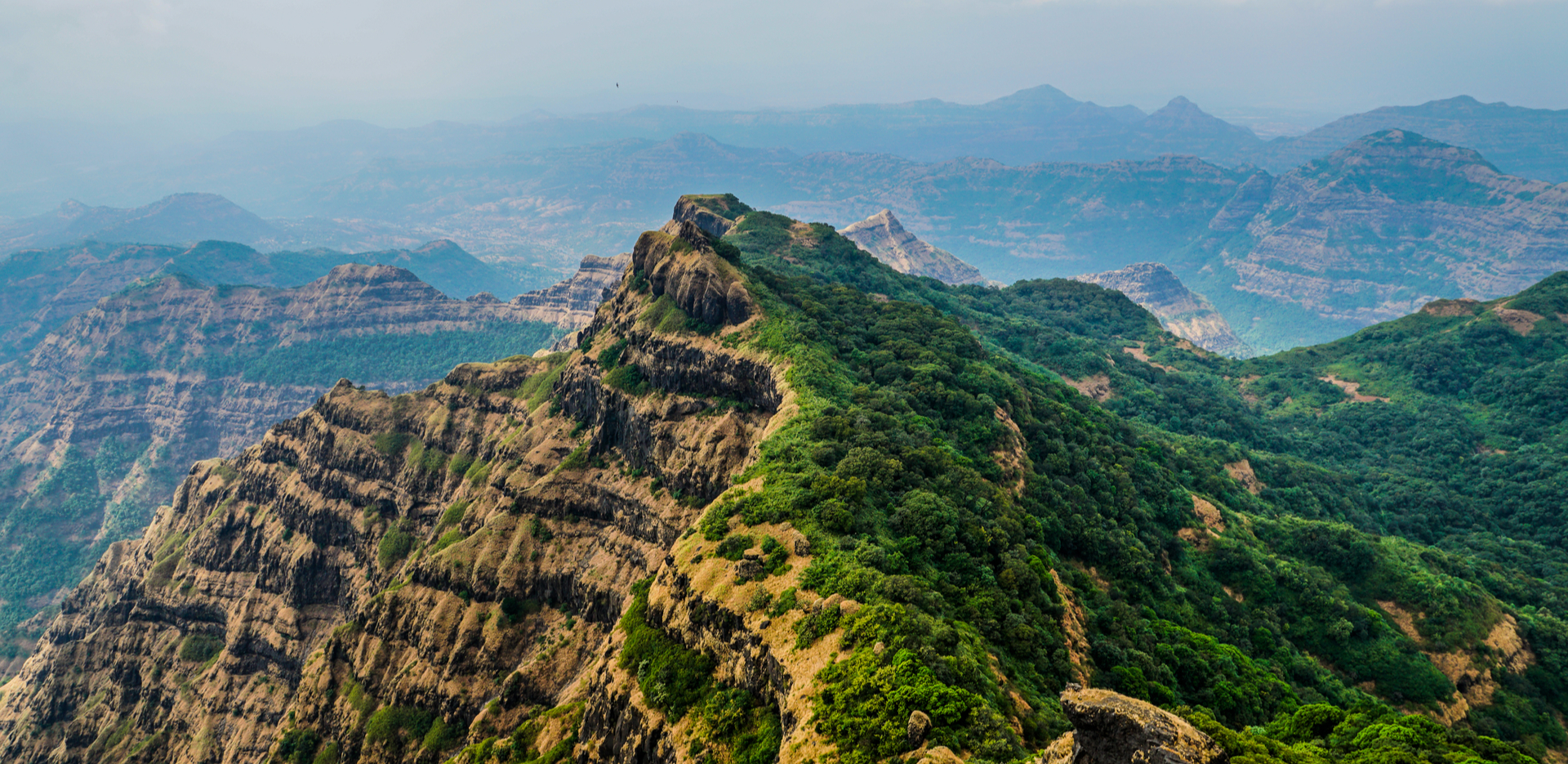
Panchgani and Mahabaleshwar are already beloved hill stations, but their charm goes beyond scenic beauty. The Deccan Traps are one of the largest volcanic formations in the world and a key chapter in Earth’s geological history. Visiting here is like stepping onto a living timeline of India’s ancient natural past.
2. The Unique St Mary’s Islands of Karnataka
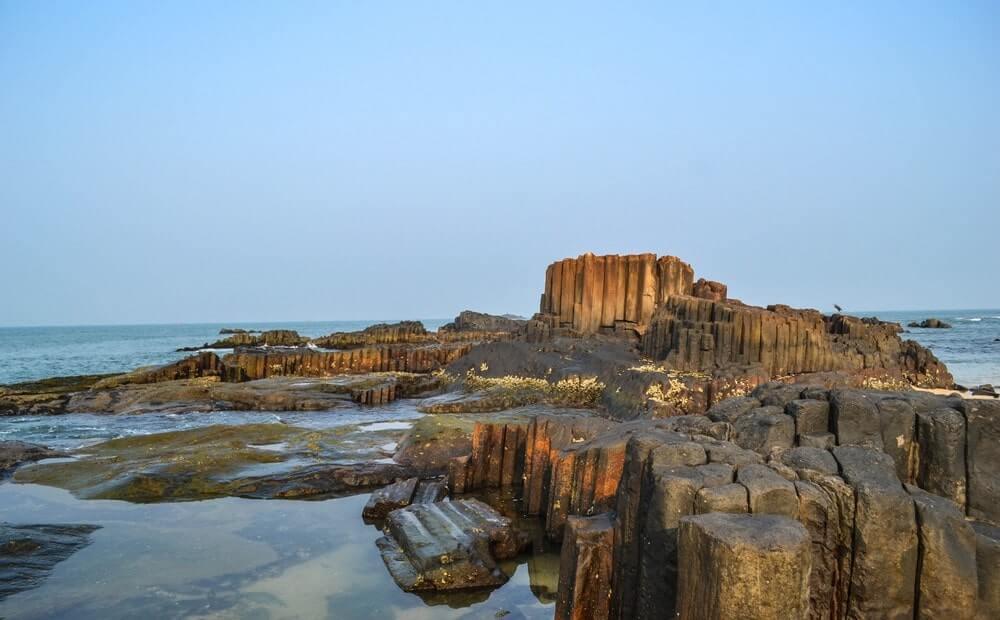
Located near Udupi, the St Mary’s Island Cluster is famous for its rare columnar basalt formations. These hexagonal rock pillars rise dramatically from the sea, formed by volcanic activity millions of years ago. Alongside the temples and beaches of Udupi, these islands offer travellers a chance to marvel at one of nature’s most striking designs.
3. Meghalayan Age Caves of Meghalaya
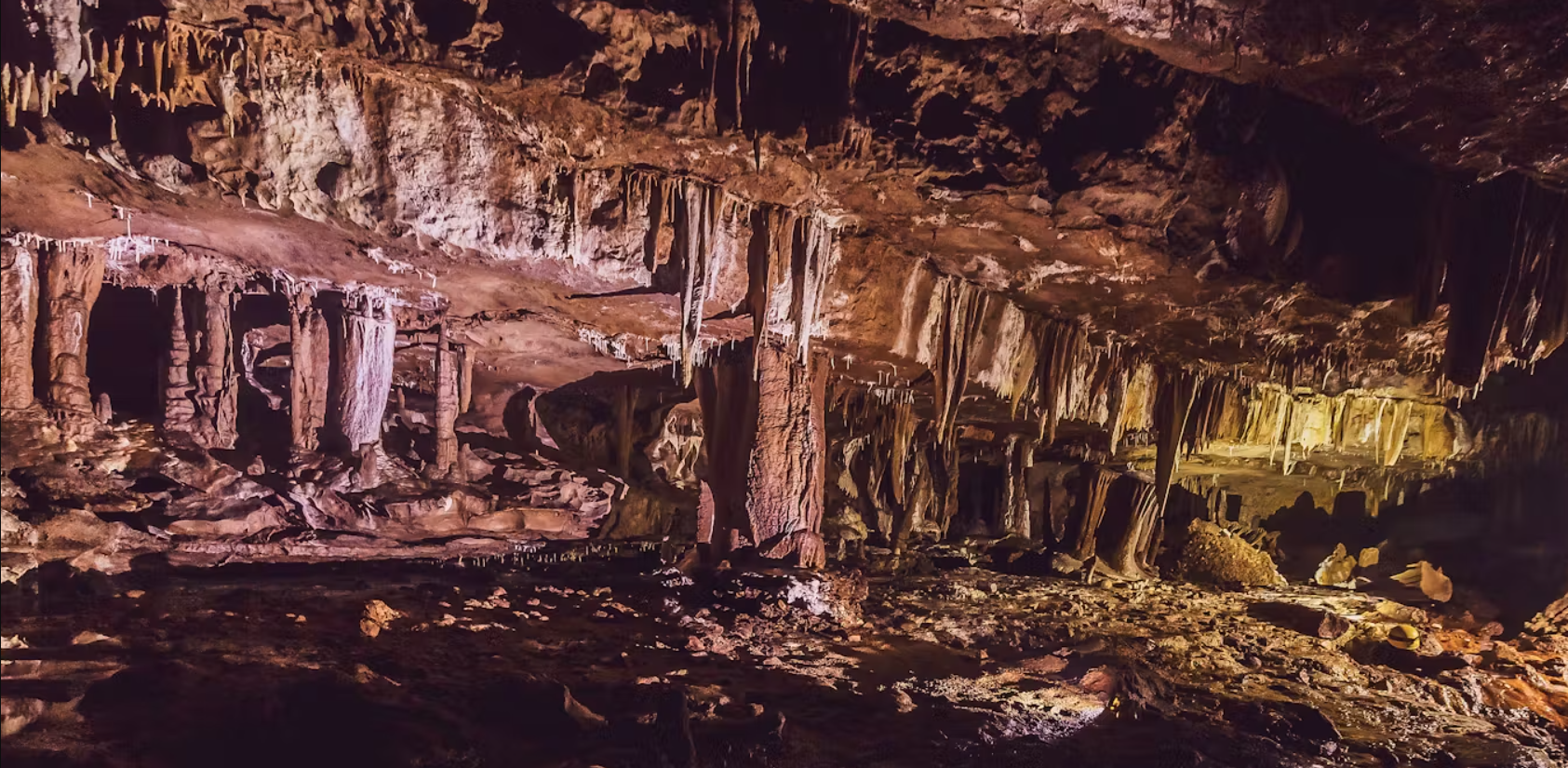
Beyond Meghalaya’s famous living root bridges lie vast limestone caves in the East Khasi Hills. These caves are among the longest and deepest in India and are linked to the Meghalayan Age. Inside, travellers can explore underground chambers filled with stalactites and stalagmites that look almost otherworldly, adding mystery and adventure to the state’s already enchanting landscapes.
4. The Naga Hill Ophiolite of Nagaland
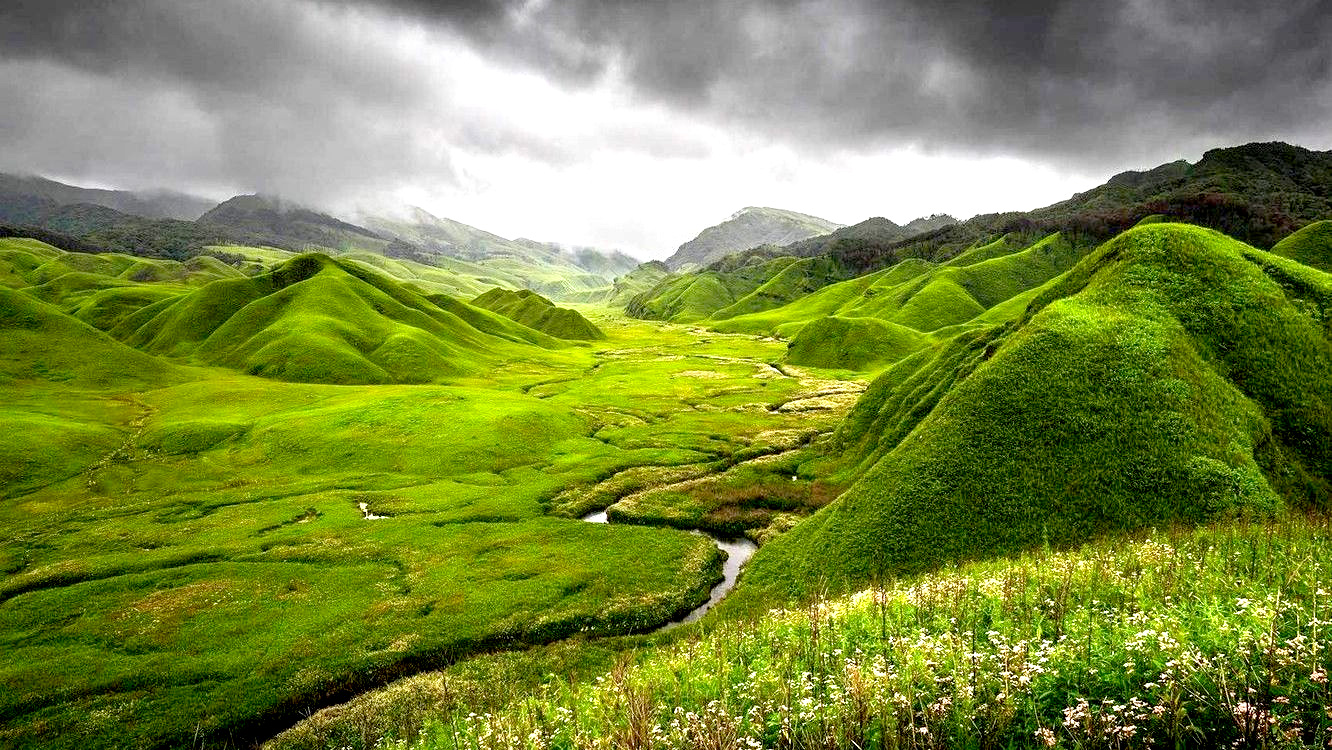
In Kiphire, the Naga Hill Ophiolite represents a fragment of ancient oceanic crust now pushed onto land. This site is both a geological wonder and an offbeat travel experience that highlights the raw, rugged beauty of Nagaland’s landscapes. For travellers who seek something beyond the ordinary, it is a must visit.
5. Erra Matti Dibbalu of Andhra Pradesh
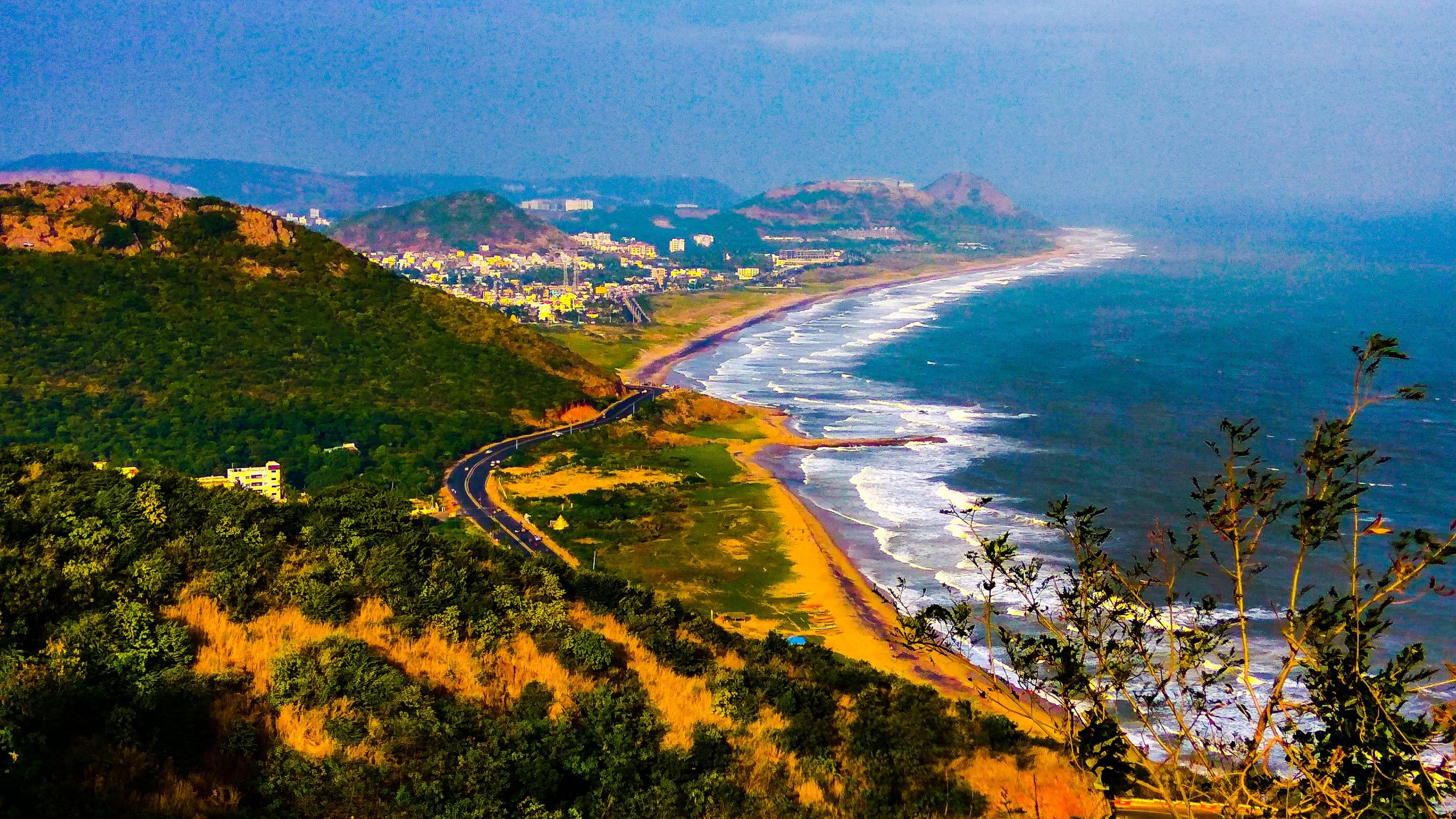
Just outside Visakhapatnam are the rust red sand dunes of Erra Matti Dibbalu, a National Geo Heritage Monument. These striking dunes reveal stories of sea level changes over thousands of years. Their deep red hues are a photographer’s dream and offer a unique natural landscape to explore in coastal Andhra Pradesh.
6. Tirumala Hills of Andhra Pradesh
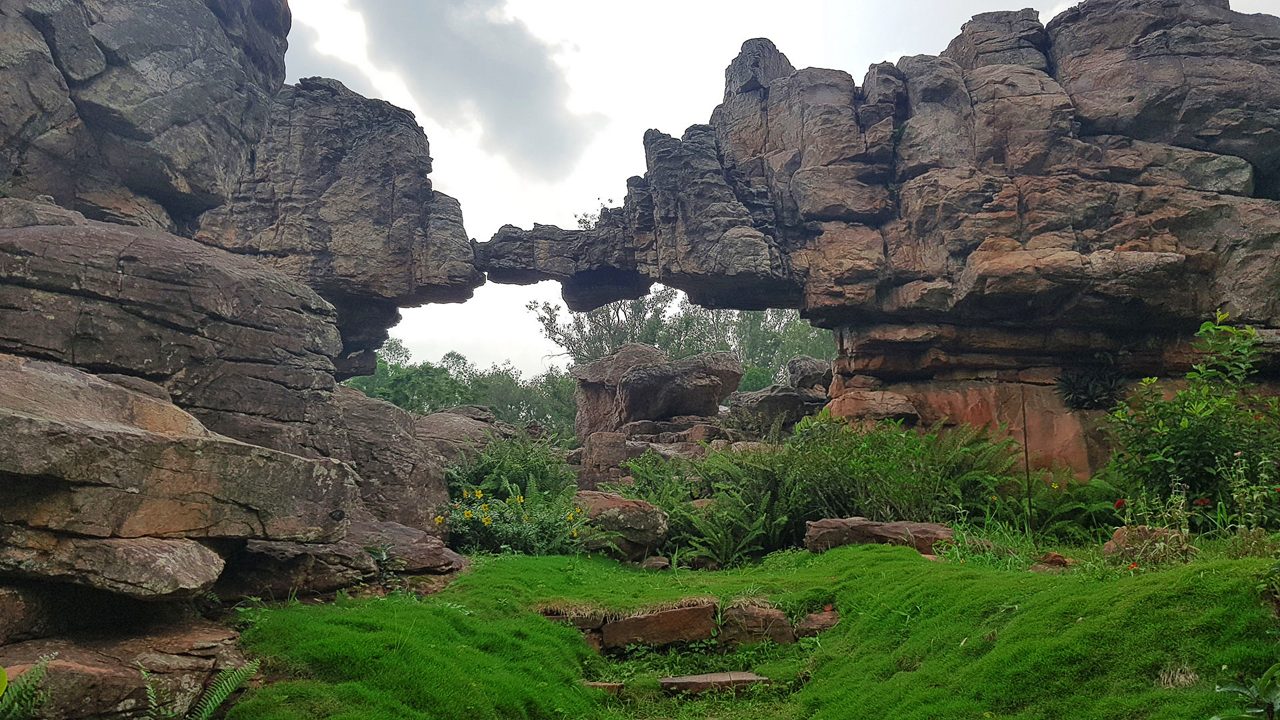
Known primarily for the famous Tirupati temple, the Tirumala Hills are equally remarkable for their natural heritage. The hills hold immense biodiversity and geological value, weaving together both spiritual and ecological significance. They are now officially recognised as part of India’s natural heritage and invite visitors to explore beyond the temple town.
7. Varkala’s Coastal Heritage in Kerala
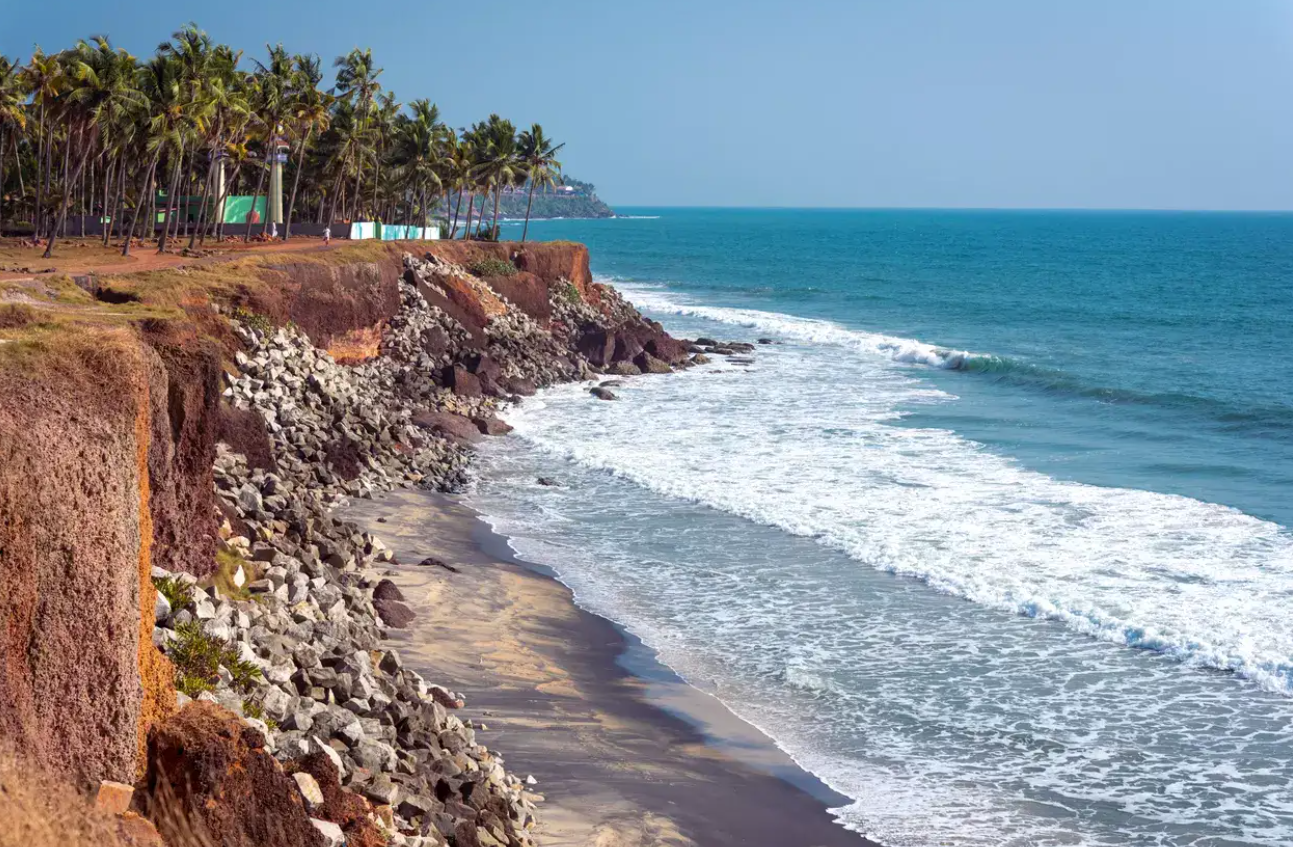
Varkala has long been a favourite for travellers seeking cliffside beaches and a laid back atmosphere. Its dramatic coastal cliffs, shaped by nature over millennia, have now been recognised by UNESCO as a natural heritage site. Walking along these cliffs with sweeping views of the Arabian Sea feels like experiencing a natural museum under open skies.
A New Chapter for Indian Travel
With these new inclusions India’s UNESCO journey continues to grow and inspire. Each of these natural heritage sites adds another layer to the country’s unmatched diversity. For travellers it means more reasons to explore, discover, and celebrate India’s unique landscapes.
Follow Travel Moves on Instagram and Facebook for more stories and updates from the world of travel and heritage.








